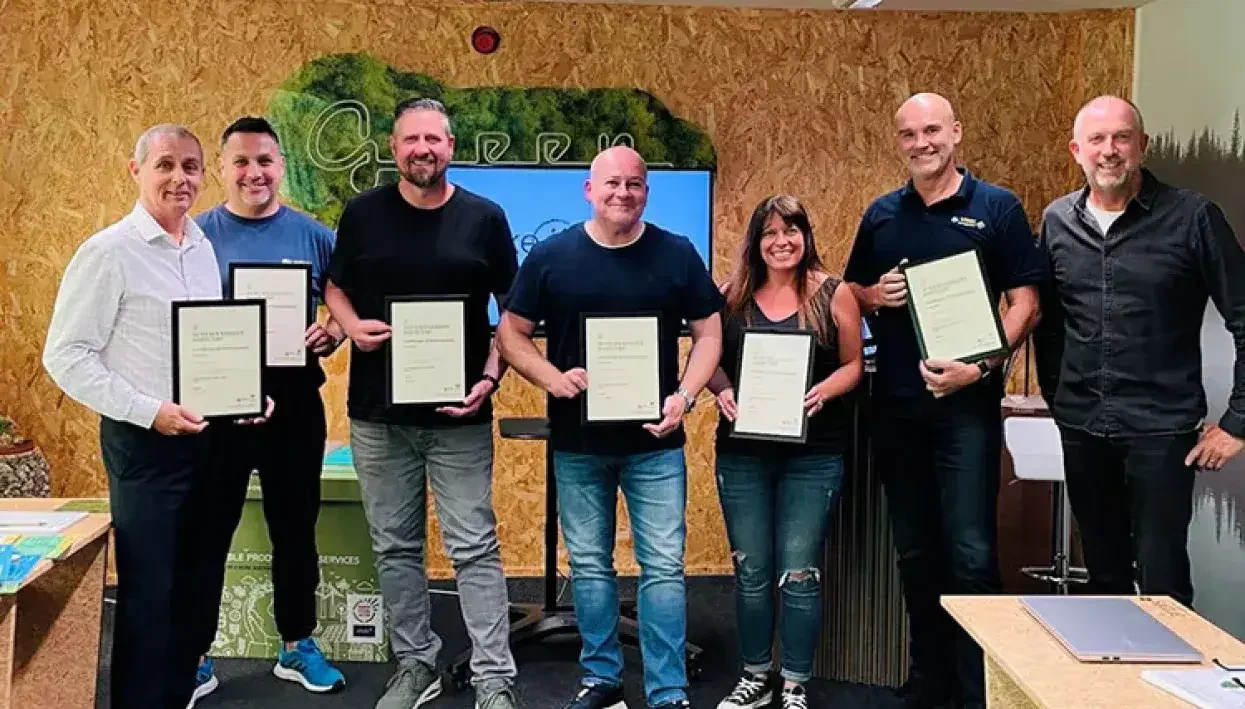Signage
Sustainability
Wide Format Printing
Sustainability Bootcamps for signmakers
Author
FESPA Staff
Published Date
22/07/2024
Become a FESPA Member
to Continue Reading
